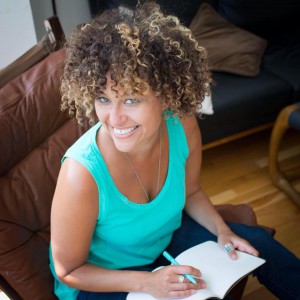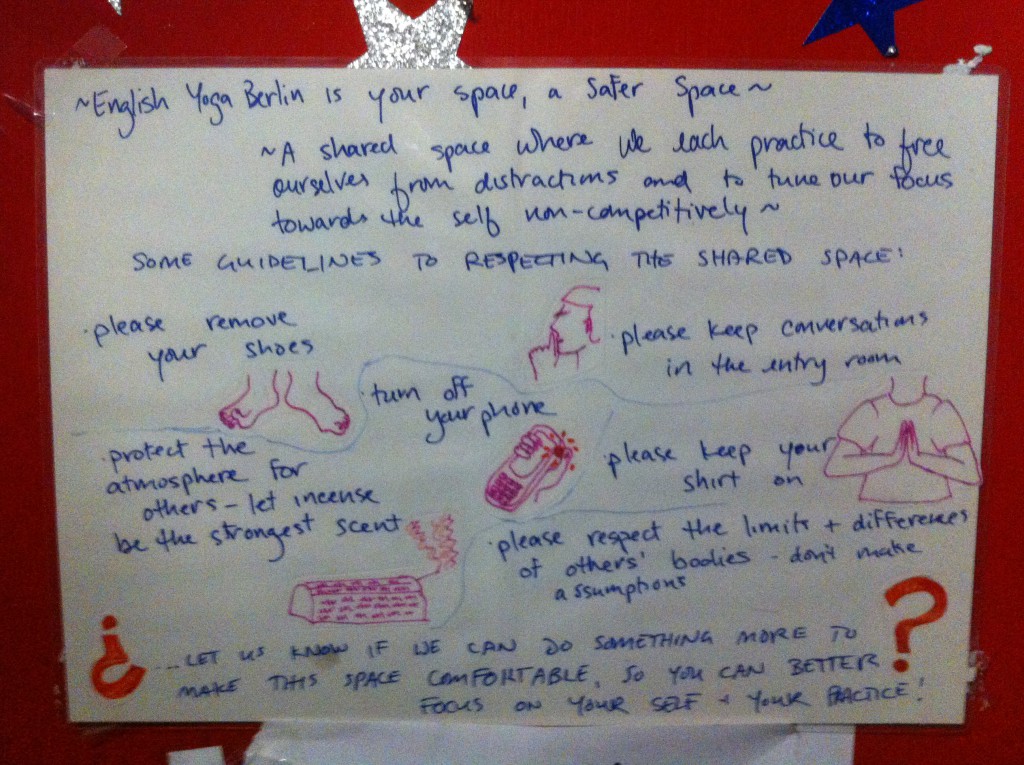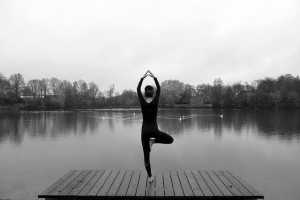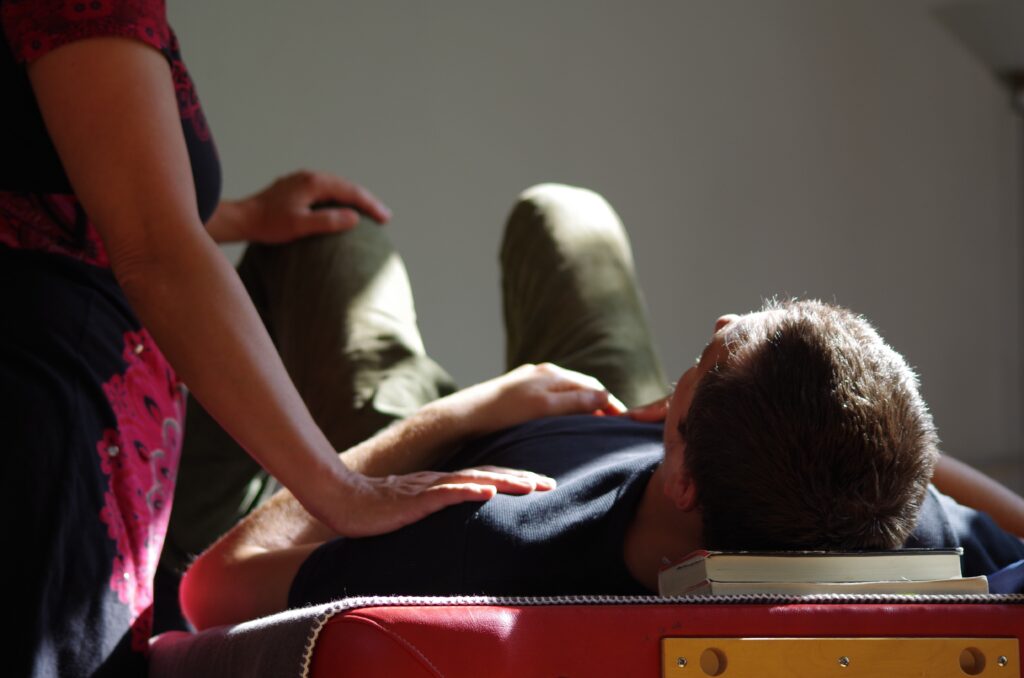Did you know the Sound of your Voice is a profound healing modality?
Connect with the Power that resides in YOU!
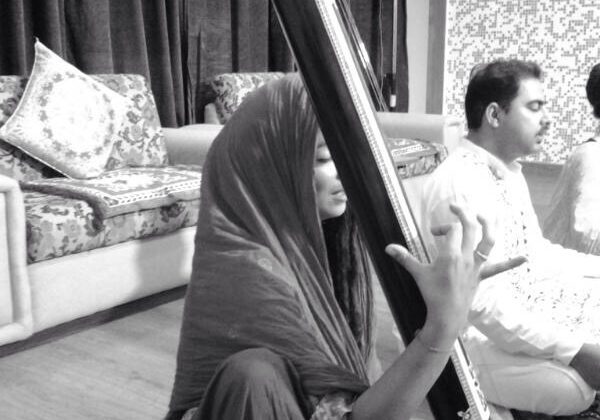
Sound Healing through Nada Yoga
Travelling Yogi, Yes Hernandez, will offer a Nada Yoga Sound Healing workshop to help participants connect to the power of their own Voice to find balance and peace within and without.
When: August 6th, 2017, 12-3pm
How much?: suggested donation 10 – 25€
(all proceeds will go to Frauenprojekte BORA – a local org that helps people out of domestic violence)
What?: A 3 hour workshop on Nada Yoga, its history, the different techniques, and how they help. We’ll prepare ourselves with a little Yogasana and self massage for sound based practice and then move into the specific Nada Yoga practice of Vocal Toning. Once our vocal practice is complete we sit for a 10 min silent meditation before moving into Savasana for the Tibetan Bowl Healing practice.
There is no pre-registration process. The spots are available on a first-come drop-in basis. Just show up!
What is Nada Yoga?
Nada means ‘flow of sound’ and has a long history as a yoga practice. The methods use breath and vocal toning to listen to one’s own inner sound, move through obstructions and onto personal transformation. “On the path of Nada Yoga, the body is healed, the mind recovers its balance and the person becomes a fully functional individual, living with a sense of well-being. In this sense Nada Yoga works as medicine and therapy, helping a person to lead a healthy, happy and balanced life in the world.”
About the teacher
Yes is an American Yoga instructor currently based in Sri Lanka. She has trained with Anandra George in Rishikesh, India on the techniques of Nada Yoga. She works with the method of Vocal Toning- a way of creating sound using syllables- no words, no harmony- to move energy through the body and chakras, bringing balance to all systems while becoming familiar with and connecting to Voice. This practice has a purifying effect on the body and mind, cleansing us from the inside out, helping release what no longer serves us and empowering us on many levels. This practice is then followed by a Tibetan Singing Bowl Meditation, while in Savasana, to relax the body and release any tensions that may have been brought out by the toning exercises.
“As a survivor of physical and sexual child abuse, I myself had issues with my Voice, with speaking out. It took years before I was able to tell anyone of my suffering. This influenced me and my relationships in detrimental ways. Through a lot of work and practice, I broke through it and found connection to myself in Yoga. I find this disconnect to the power in our own Voice not only affects those who have been sexually or physically abused but also those bullied by classmates, and those of the LGBT community, afraid to speak out and be heard.”
On the reason for holding this workshop to raise donations for the Frauenprojekte BORA, Yes writes: “It is often so hard for women to leave these situations, and it takes a lot of courage to finally speak up and ask for help. As the workshop involves finding our Voice, the power and vibration behind, I thought it appropriate to honor those who have found some strength and have spoken up.”
**This workshop is open to FLTI* – Women, Lesbian, Trans*, Inter*, and Genderqueer folks only.
English Yoga Berlin is a Kreuzberg yoga space that offers Community Yoga classes, with an emphasis on creating a space for those who feel marginalized by mainstream yoga classes: sliding scale prices for no- / low-income earners, queer & transfolk, sex-workers, b&pocs, differently abled, abundant bodied, etc. Our emphasis is on teaching about yoga and its healing potential. Read more about our Hatha yoga, Vinyasa flow and Restorative Yoga classes here.








 Summer Closures
Summer Closures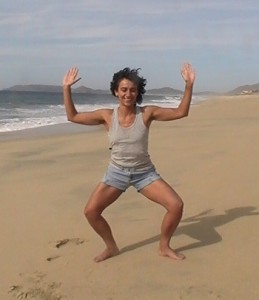


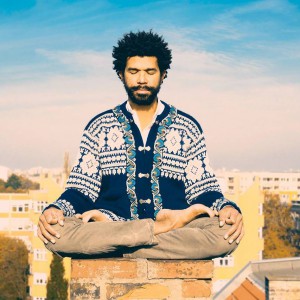 Pedro is going solo
Pedro is going solo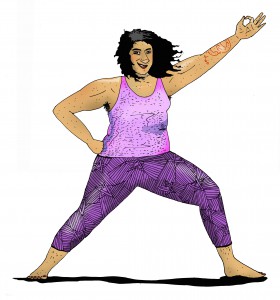 Queer Yoga is back!
Queer Yoga is back!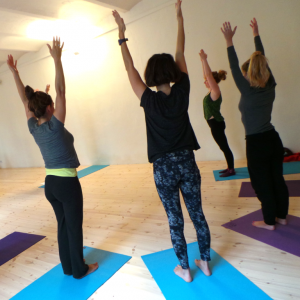 200 Hour Yoga Teacher Training
200 Hour Yoga Teacher Training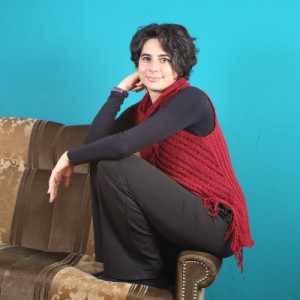 Chakra Course
Chakra Course